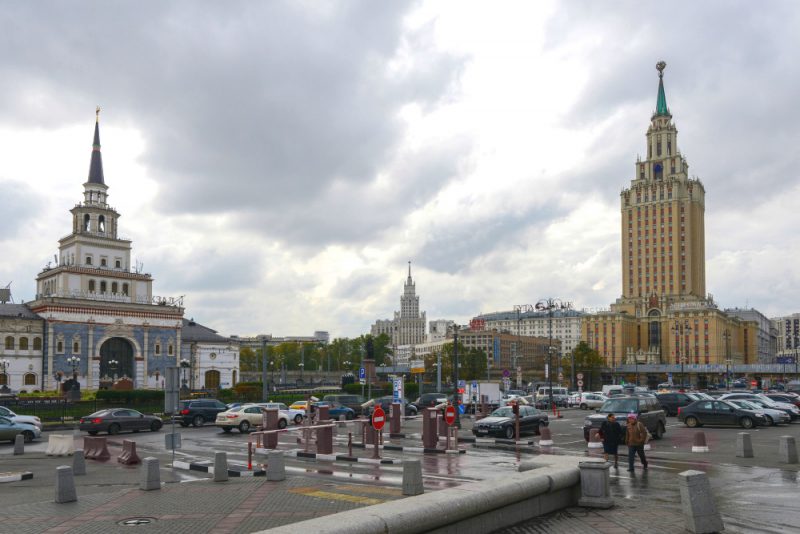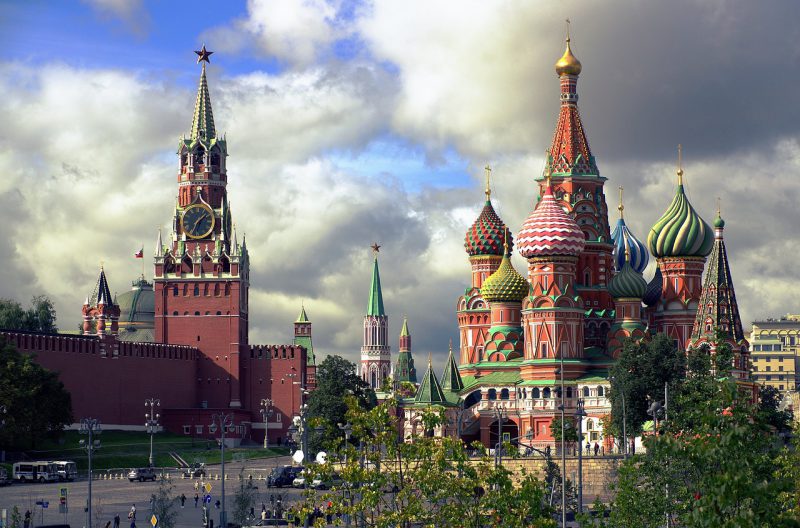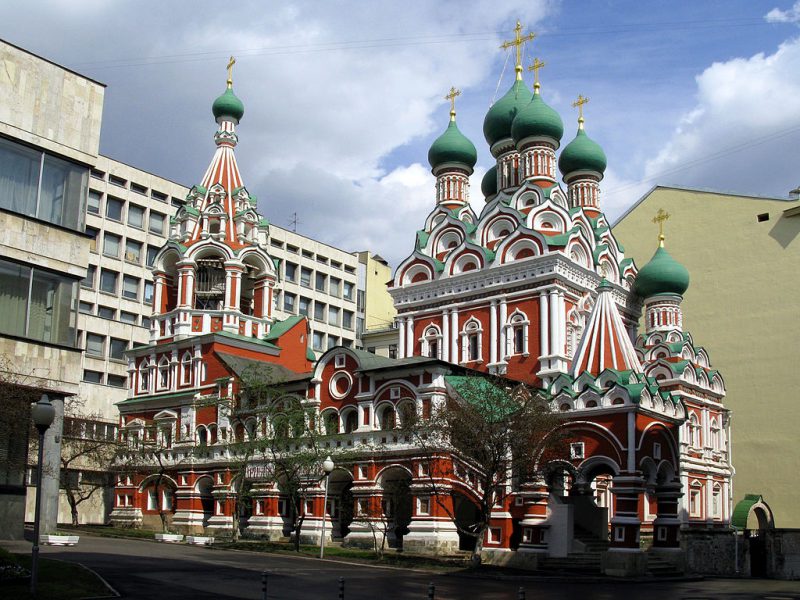Capitals of Russia throughout time
Moscow was not always the capital of the Russian state. At various times, many other cities had this status. Today we will tell you when, how and why different cities became capitals of Russia.
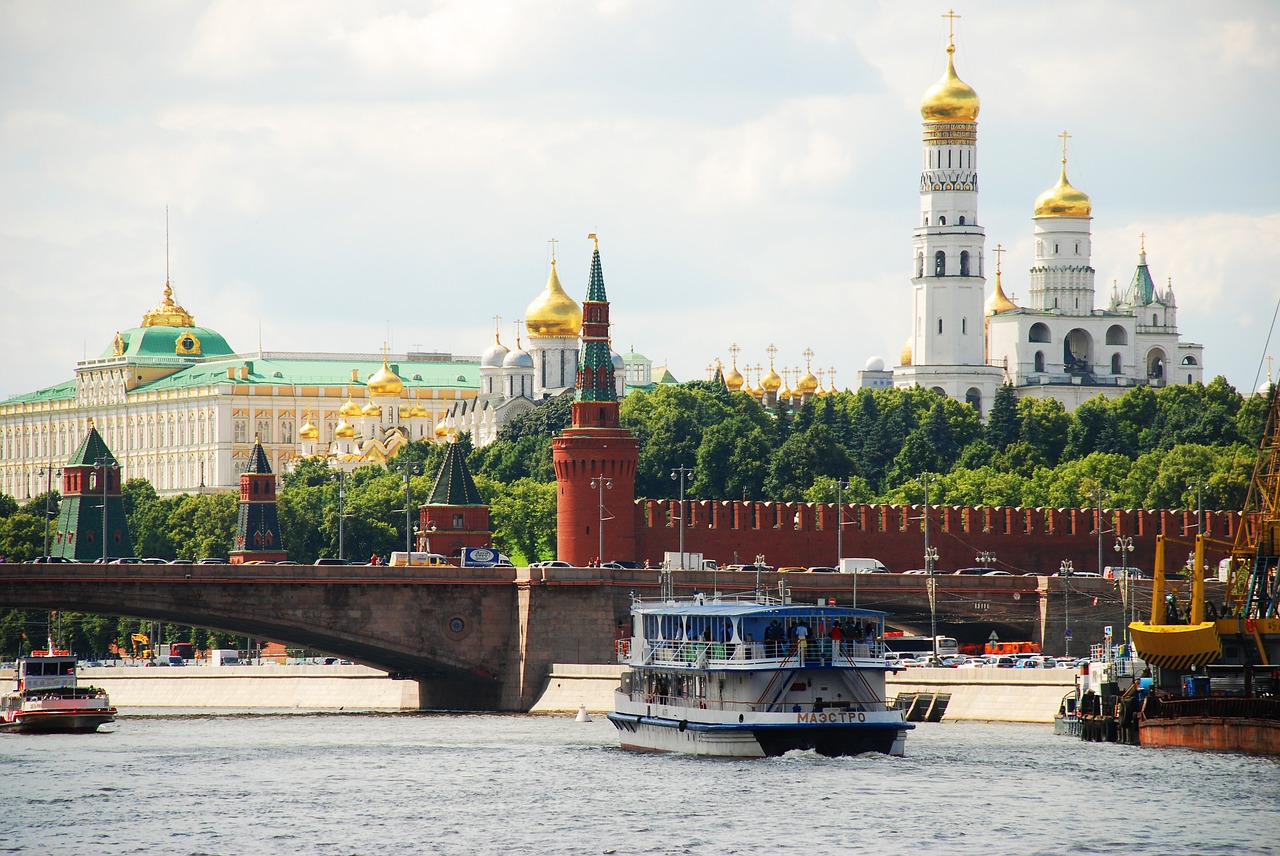
Ladoga: from 862 to 864
Ladoga was founded in 753 and is considered to be the oldest city in Russia. Rurik – the ancestor of the princely dynasty of Rurikovich in Russia – had Ladoga as his constant residence from 862 to 864, after which he moved to Novgorod. This gave grounds to consider Ladoga as the first capital of Russia, however not all historians agree with this status.
The city was located close to the enemy territories, so it was destroyed and rebuilt many times. The first stone fortress of Russia was built here in the 9th century.
In 1704, Tsar Peter I deprived the settlement of the status of a city, renamed it to Old Ladoga, and founded New Ladoga nearby.
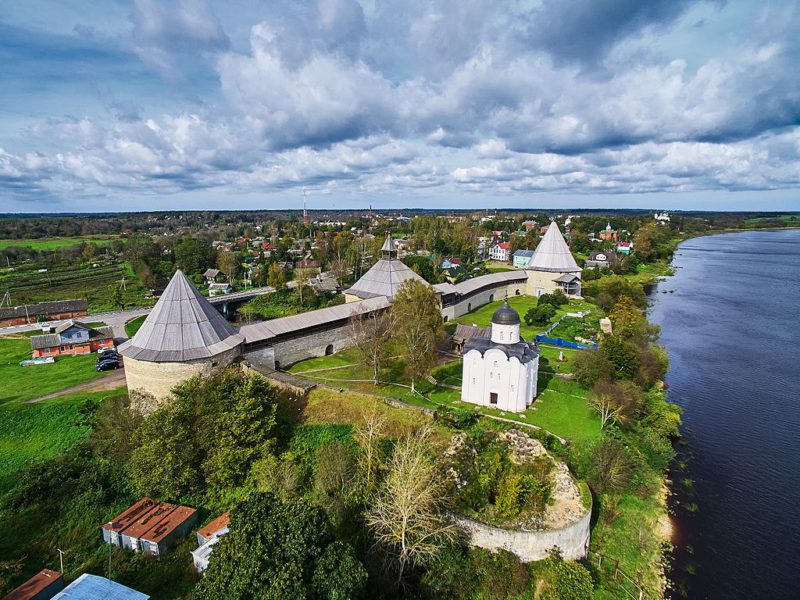
Novgorod: from 862 to 882
Many researchers believe that Novgorod was the first capital of Russia, where Rurik ruled since 862. The official date of foundation of Novgorod is considered to be 859 year. Russian chronicles give different versions of the appearance of the city. According to some data, the city was founded by Rurik; according to others, the city already existed by the time of his arrival.
In the 9th century, Novgorod was a major center for international trade as it had a favorable location at the crossroads of waterways on the Volkhov river. The city was ruled by the council – the national assembly which elected the prince, established taxes, and decided on public affairs. In 1478, the city was annexed to Moscow and lost its former status.
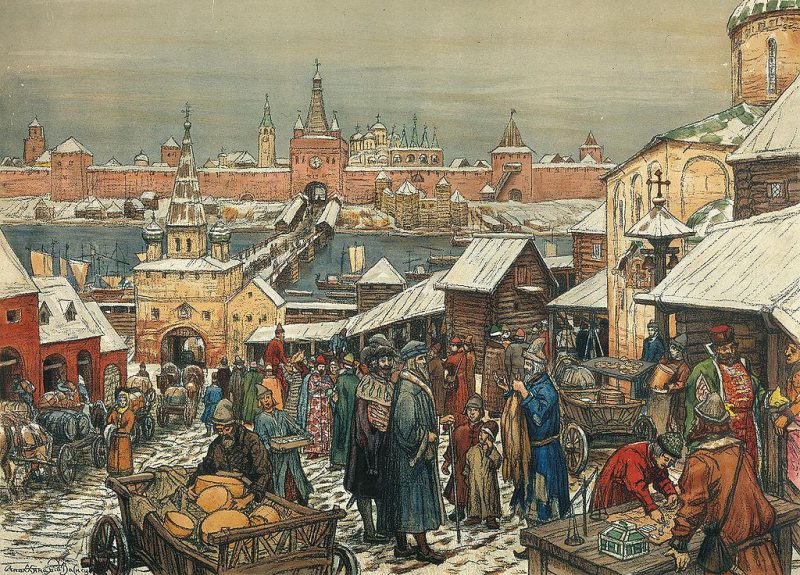
In 1999, the city was renamed to Veliky Novgorod (not to be confused with Nizhny Novgorod located at the confluence of Oka and Volga rivers).
Today you can find there the monuments of the architecture of that time: the Novgorod Detinets (Kremlin) of 1044 and the Sofia Cathedral, built in 1045-1050 by the decree of Prince Yaroslav the Wise.
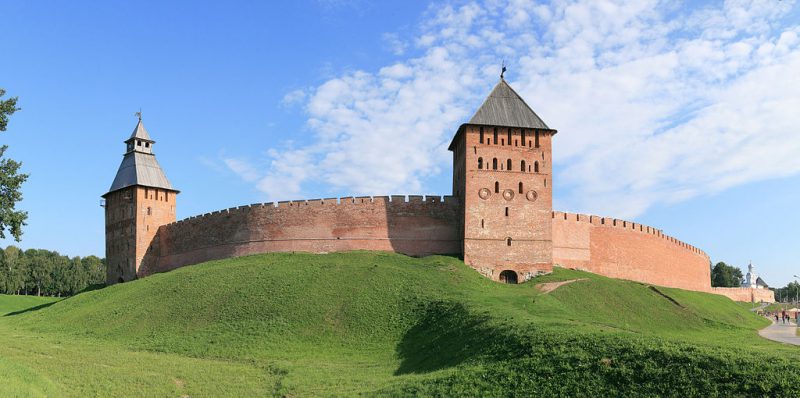
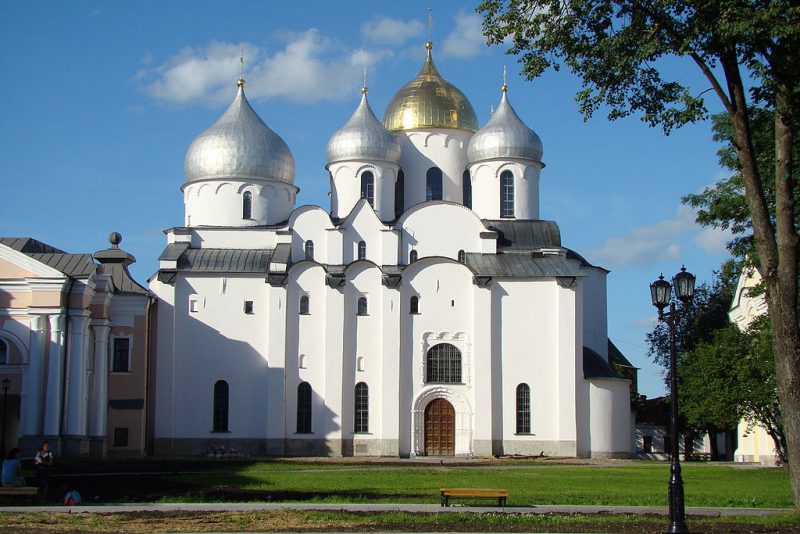
Kiev: from 882 to 1243
After the death of Rurik in 879, Prince Oleg (nicknamed the Prophet) came to power. In 882, he conquered Kiev and later moved the capital there thereby uniting the two main centers of the Eastern Slavs. Since then, the Russian state became known as Kievan Rus’.
In 998, Rus’ was baptized and Kiev became not only a political but also a religious center of the country.
In 1240 Kiev was destroyed by the Mongols and for a long time fell into disrepair. The fight for it had stopped.
In the 13th century, the power over Kiev was transferred to the princes of Vladimir city – Yaroslav Vsevolodovich and his son Alexander Nevsky. However, they remained to rule from Vladimir.
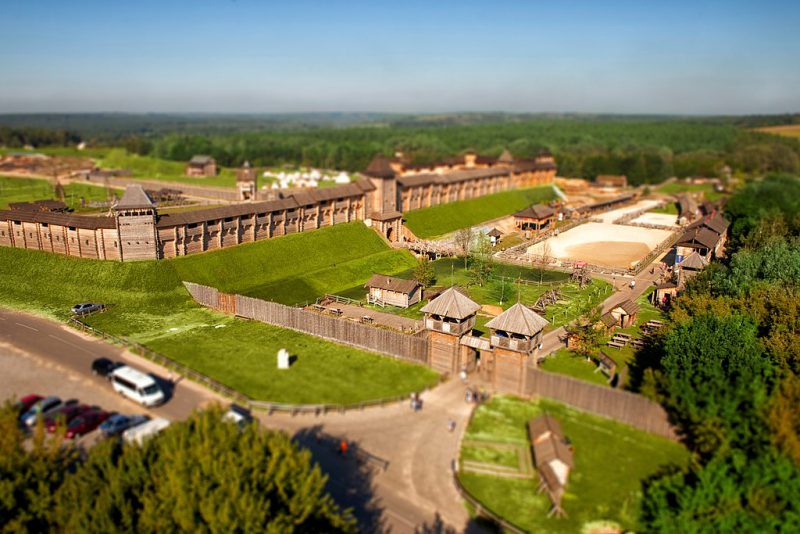
Vladimir: from 1243 to 1389
According to the chronicles, Vladimir was founded in 990, and in 1108 Vladimir Monomakh built a fortress there. First the city was the capital of North-Eastern Russia – Vladimir principality.
Vladimir was an important economic and political center, as important as Kiev. During the reign of Vsevolod Yuryevich (from 1176), the rulers began to wear the title “Grand Princes of All Russia”.
After the Mongol invasion (1237–1240), all Russian lands came under the supreme authority of the Mongol Empire. The power of the Russian princes began to depend on the sanction of the Horde khans. In Russian sources, they were called “tsars” – the highest title, previously attached only to the Byzantine and German emperors. It was the Grand Princes of Vladimir that were nominally recognized by the Horde as the oldest in Russia.
In 1299, when the Kiev Metropolitan moved there, and the city secured the status of the main city of the state.
The last ruler of the capital Vladimir became Vasily I – the son of Dmitry Donskoy. White stone monuments from those times are still preserved in the city: the Golden Gate, the Assumption and Dmitrovsky Cathedrals.
And the heirs of Vasily ascended the throne already in Moscow.

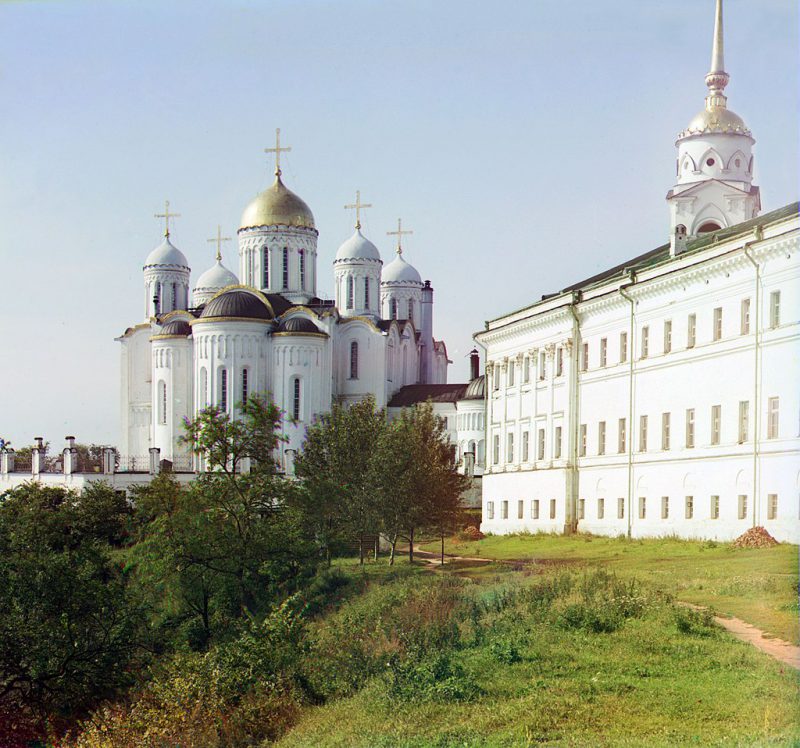
Moscow: from 1389 to 1712
During the Mongol invasion of Kiev and the rule of the Golden Horde over Kievan Rus’, Moscow was an ordinary province. In 1263, under the youngest son of Alexander Nevsky, Daniel – the ancestor of the Moscow line of Rurikovich – Moscow became an independent princedom.
In the 14th century, besides Moscow, Tver and Suzdal also claimed the title of capital. But in 1328, Metropolitan Peter moved from Vladimir to Moscow, which influenced its position among other cities. At the same time, Prince Daniel managed to form there a strong army and class of boyars (old aristocracy in Russia, next in rank to a prince).
The transitional moment for Moscow was the victory in the Battle of Kulikovo in 1380, where the army of Dmitry Donskoy of Moscow defeated the troops of the Golden Horde). After that, the city received the status of the capital of Rus’, and later of Russian state.

Saint-Petersburg: from 1712 to 1918
In 1703, the last Tsar of All Russia and the future Emperor Peter I began the construction of a new city, Saint Petersburg, at the outfall of the Neva River. In the same year, he laid the foundation for the Peter and Paul Fortress. The new settlement was intended to protect the trade route that linked Russia to Europe.
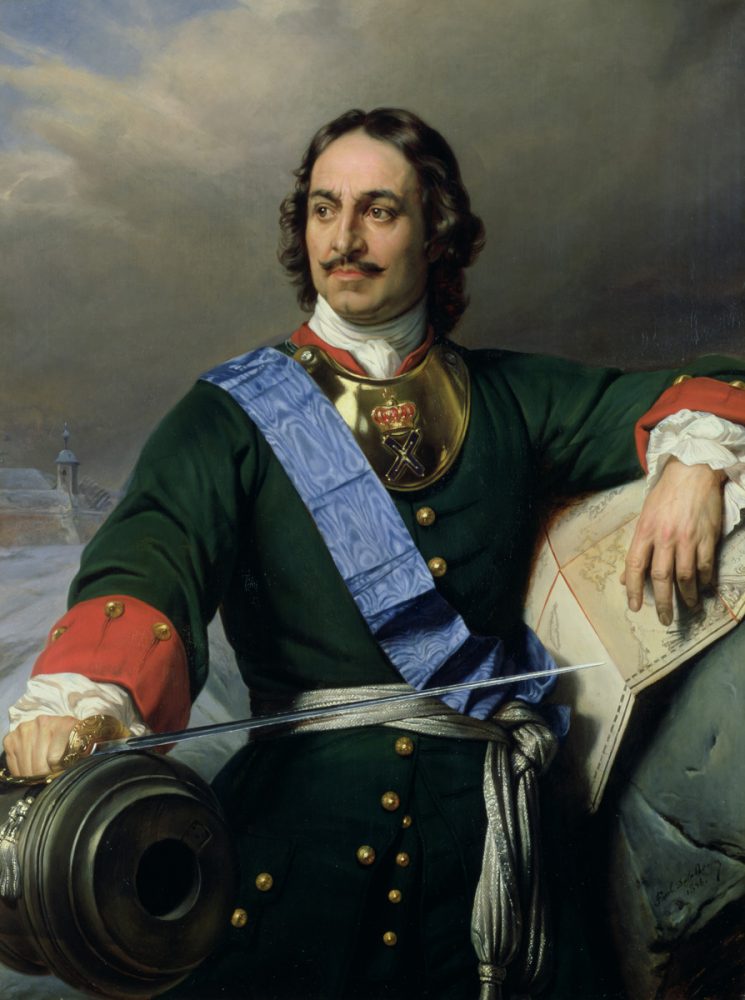
Peter wanted the city to be not only an example of European architecture, but also the capital of the future Russian Empire. In 1712, he issued a decree making Saint-Petersburg the center of the state. The royal court and the Government Senate moved from Moscow to Saint-Petersburg.
In 1914, Russia entered the First World War and Nicholas II renamed Saint-Petersburg to Petrograd. In 1918, after the revolution, the Soviet government returned the capital to Moscow, but until these days Saint-Petersburg is called the “nothern” or “cultural” capital of Russia.
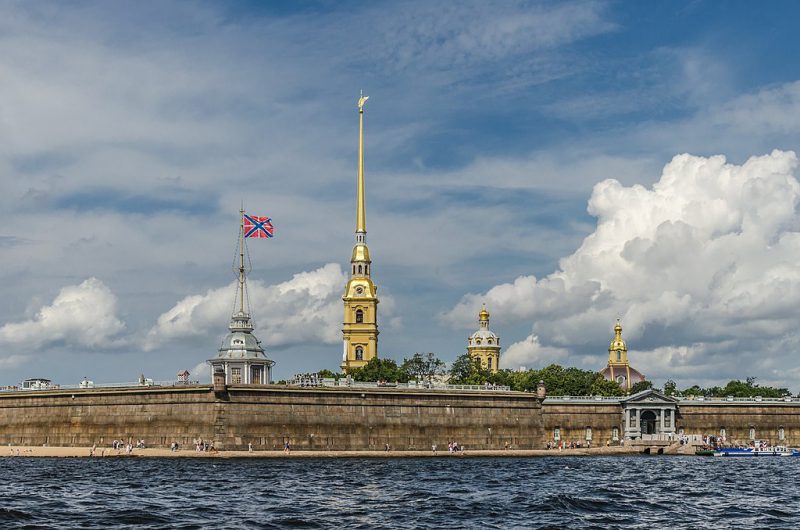
Moscow: from 1918 until now
In 1918, after the capital was moved back to Moscow, the members of the new government – the Council of People’s Commissars headed by Vladimir Lenin – moved there too. Thus, once merchant Moscow became the capital of a new state – the RSFSR, and in 1922 – the capital of the USSR.
In 1991 the Soviet Union collapsed and Moscow became the capital of the Russian Federation. Today it is the largest city in the country and Europe with the population over 12 million people.
The historical monuments of different eras – the Kremlin, churches and Stalinist architecture – are still preserved there.
